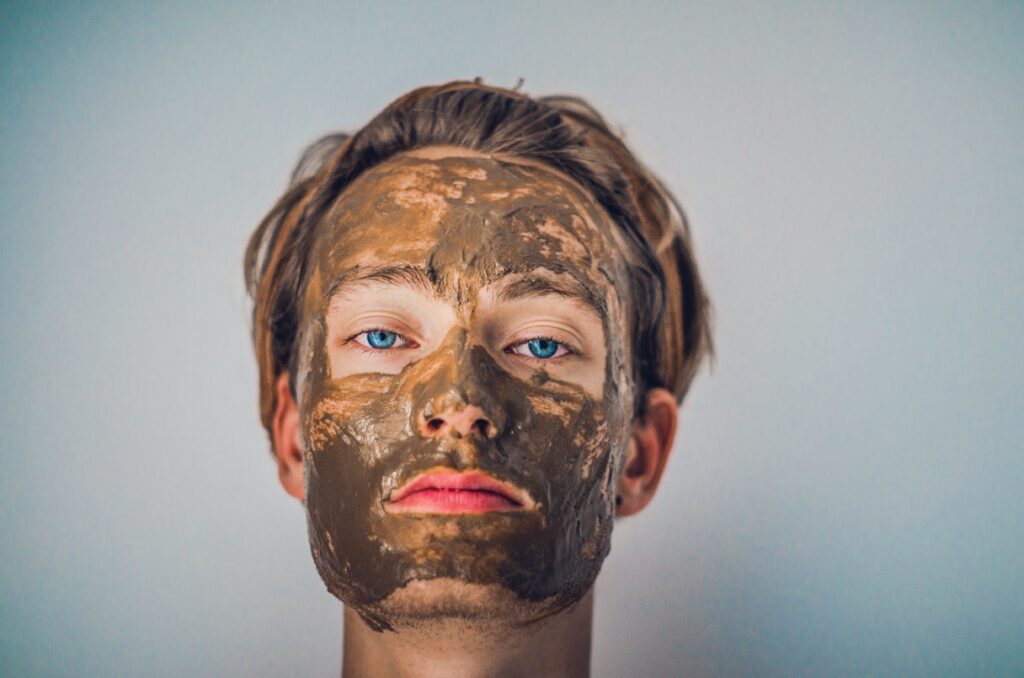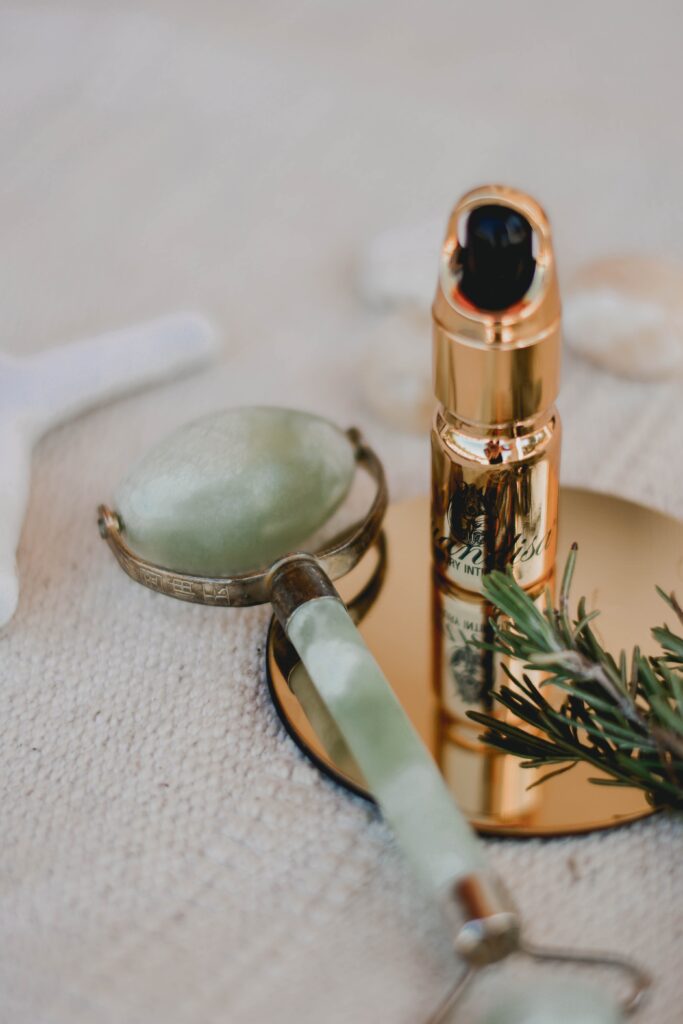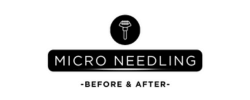In the world of skincare, the quest for youthful and radiant skin is an ongoing endeavor. With the constant stream of new products and techniques, finding an effective solution can feel overwhelming. This article explores the transformative effects of microneedling before and after wrinkles, shedding light on the potential this innovative treatment holds. Through controlled and precise micro-punctures on the skin’s surface, microneedling stimulates collagen production and promotes skin rejuvenation, resulting in a smoother, firmer, and more youthful complexion. Dive into the realm of microneedling and uncover the remarkable transformations it can offer you.

What is Microneedling?
Definition of Microneedling
Microneedling is a cosmetic procedure that involves using a device with tiny, sterile needles to create controlled micro-injuries to the skin. These micro-injuries stimulate the body’s natural healing response, promoting the production of collagen and elastin, which are essential for maintaining healthy, youthful-looking skin.
How it works
During a microneedling treatment, the device is gently rolled or stamped over the skin, creating thousands of microscopic channels. These channels trigger the skin’s healing mechanisms, promoting the growth of new skin cells and the production of collagen and elastin. The tiny punctures also allow for better absorption of skincare products and can improve the overall texture, tone, and firmness of the skin.
Effects of Aging on the Skin
Formation of Wrinkles
As you age, the production of collagen and elastin in the skin naturally decreases. Collagen provides structure and support, while elastin allows the skin to bounce back after being stretched. This decline in important proteins leads to the formation of wrinkles, which are visible lines or creases in the skin.
Loss of Elasticity
Another effect of aging on the skin is the loss of elasticity. Elasticity refers to the skin’s ability to return to its original shape after being stretched or moved. As collagen and elastin production declines, the skin becomes less supple and resilient, resulting in sagging and drooping.
Thinning of the Skin
Aging also causes the skin to become thinner. This thinning is due to the loss of fat beneath the surface of the skin and a decrease in the number of blood vessels supporting the skin. Thinning skin is more prone to damage, such as bruising, and can appear translucent or fragile.

Understanding Wrinkles
Types of Wrinkles
There are two main types of wrinkles: dynamic and static.
Dynamic wrinkles are caused by repeated facial movements, such as smiling, frowning, or squinting. These wrinkles tend to appear when the facial muscles are in use and fade away when the muscles are at rest. Dynamic wrinkles commonly appear around the eyes (crow’s feet), between the eyebrows (frown lines), and on the forehead (forehead lines).
Static wrinkles, on the other hand, are visible even when the face is at rest. These wrinkles are a result of the natural aging process and the loss of collagen and elastin. Static wrinkles typically appear on the cheeks, around the mouth (marionette lines and nasolabial folds), and on the neck.
Causes of Wrinkles
Apart from the natural aging process, several factors can contribute to the formation of wrinkles. Exposure to ultraviolet (UV) radiation from the sun is one of the leading causes of premature aging and the development of wrinkles. Other factors that contribute to wrinkles include smoking, poor nutrition, excessive alcohol consumption, and genetics.
Common Areas Affected by Wrinkles
Wrinkles can appear on various areas of the face and body. The most common areas affected by wrinkles include the forehead, around the eyes (crow’s feet), between the eyebrows (frown lines), around the mouth (marionette lines and nasolabial folds), and on the neck. These areas are more prone to the development of wrinkles due to constant facial movements and the loss of elasticity over time.
Benefits of Microneedling for Wrinkles
Stimulation of Collagen and Elastin Production
One of the key benefits of microneedling is its ability to stimulate the production of collagen and elastin in the skin. The controlled micro-injuries created by the needles trigger the body’s healing response, leading to the growth of new collagen and elastin fibers. This increase in these vital proteins helps to plump and firm the skin, reducing the appearance of wrinkles and improving overall skin texture.
Improvement in Wrinkle Depth
Microneedling can effectively reduce the depth of wrinkles, making them less noticeable. By stimulating collagen and elastin production, the skin becomes more pliable and able to bounce back, resulting in a smoother and more youthful appearance. The improvement in wrinkle depth achieved through microneedling can contribute to a more refreshed and rejuvenated look.
Enhanced Skin Texture
In addition to reducing the appearance of wrinkles, microneedling can also improve overall skin texture. The tiny punctures created during the treatment trigger the skin’s natural healing process, promoting the growth of new skin cells. This rejuvenation process can help to even out skin tone, reduce the appearance of acne scars or hyperpigmentation, and improve the overall smoothness of the skin.
Minimization of Fine Lines
Fine lines, which are smaller and less deep than wrinkles, can also be effectively minimized through microneedling. The controlled micro-injuries created during the procedure stimulate collagen and elastin production, leading to plumper, more hydrated skin. This can help to smooth out fine lines, giving the skin a more youthful and refreshed appearance.
Increased Skin Firmness
Microneedling can improve the firmness and elasticity of the skin, addressing one of the primary concerns associated with aging. By promoting the production of collagen and elastin, the skin becomes more resilient and able to maintain its structure. Increased skin firmness can contribute to a more lifted and toned look, reducing the sagging and drooping that often comes with aging.

Preparation for Microneedling
Consultation with a Dermatologist
Before undergoing microneedling, it is essential to schedule a consultation with a qualified dermatologist. They will assess your skin condition, discuss your goals and expectations, and determine if microneedling is the right treatment for you. The dermatologist will also provide detailed information on the procedure, its benefits, and any potential risks or side effects.
Skin Condition Assessment
During the consultation, the dermatologist will assess your skin condition to ensure that it is suitable for microneedling. They will evaluate factors such as skin type, presence of active acne or infections, and any underlying skin conditions. Based on this assessment, the dermatologist will determine the appropriate treatment plan and customization of the microneedling procedure for your specific needs.
Pre-Treatment Instructions
In preparation for microneedling, there are several pre-treatment instructions that you should follow. This may include avoiding direct sun exposure, tanning beds, and self-tanning products for a certain period of time before the treatment. It is also important to discontinue the use of any topical skincare products containing retinol or alpha hydroxy acids (AHAs) to minimize the risk of skin irritation.
Topical Numbing Agents
To ensure your comfort during the microneedling procedure, a topical numbing cream or gel may be applied to the treatment area. This numbing agent helps to minimize any potential discomfort that may be experienced during the procedure. The dermatologist will discuss the use of numbing agents during the consultation and provide instructions on how to apply them properly.
Microneedling Procedure
Cleaning and Sterilization
Before starting the microneedling procedure, the treatment area and the microneedling device should be thoroughly cleaned and sterilized. This is done to minimize the risk of infection and ensure that the treatment is conducted in a safe and hygienic manner. Cleaning and sterilization protocols should be followed according to the guidelines provided by the manufacturer or the dermatologist.
Choice of Microneedling Device
There are various types of microneedling devices available, including derma rollers and microneedling pens. The choice of device will depend on factors such as the specific needs of the patient, the treatment area, and the dermatologist’s preference. Each device has its own set of features and benefits, and the dermatologist will select the most appropriate device for your individual needs.
Application of Topical Numbing Cream
Before starting the microneedling procedure, a topical numbing cream or gel may be applied to the treatment area. This numbing agent helps to minimize any discomfort that may be experienced during the procedure. The numbing cream is typically left on the skin for a specified period of time to ensure adequate numbing before the microneedling begins.
Microneedling Technique
Once the treatment area is prepared, the dermatologist will carefully and gently perform the microneedling procedure. The microneedling device is rolled or stamped over the skin, creating the controlled micro-injuries. The depth of penetration may vary depending on the specific concerns being addressed and the desired outcome. The dermatologist will adjust the technique and depth of penetration accordingly.
Microneedling Penetration Depth
The penetration depth of the microneedles will depend on factors such as the area being treated and the specific concerns being addressed. The depth of penetration may range from 0.5 to 2.5 millimeters. Deeper penetration may be required for more severe wrinkles or scars, while shallower penetration is often sufficient for improving overall skin texture and fine lines.
Treatment Duration
The duration of a microneedling treatment session can vary depending on the size of the treatment area and the specific concerns being addressed. On average, a treatment session may last between 30 minutes to one hour. However, this can vary based on individual factors and the treatment plan determined by the dermatologist.
Microneedling Aftercare
Immediate Post-Treatment Care
After the microneedling procedure, it is important to follow the dermatologist’s instructions for immediate post-treatment care. This may include avoiding washing or touching the treated area for a specified period of time, as well as avoiding the application of any skincare products that may irritate the skin. The dermatologist may also recommend the use of a gentle cleanser and moisturizer to promote healing.
Sun Protection
Protecting your skin from the sun is crucial after undergoing microneedling. The newly treated skin is more susceptible to damage from UV radiation, which can hinder the healing process and potentially cause hyperpigmentation. It is recommended to apply a broad-spectrum sunscreen with an SPF of 30 or higher and to limit sun exposure, especially during peak hours.
Avoidance of Certain Skincare Products
Following microneedling, it is important to avoid the use of certain skincare products that may irritate or damage the skin. This includes products containing harsh ingredients such as retinol, glycolic acid, or vitamin C. These ingredients can be too harsh for the newly treated skin and may cause redness, irritation, or other adverse reactions. The dermatologist will provide specific instructions on which products should be avoided.
Hydration and Moisturization
Keeping the skin well-hydrated and moisturized is essential for optimal healing after microneedling. The procedure can temporarily disrupt the skin’s moisture barrier, so it is important to replenish and lock in moisture. This can be achieved by applying a gentle and hydrating moisturizer multiple times a day, as recommended by the dermatologist.
Adjusting Skincare Routine
To ensure the best results from microneedling, it may be necessary to temporarily adjust your skincare routine. This may include avoiding exfoliating products, harsh cleansers, or aggressive toners for a certain period of time. It is important to follow the dermatologist’s recommendations and gradually reintroduce your regular skincare products once the skin has fully healed.
Expected Results
Redness and Swelling
After microneedling, it is normal to experience some redness and swelling in the treated area. This is a natural response to the micro-injuries created during the procedure and typically subsides within a few days. The severity and duration of redness and swelling can vary depending on individual factors and the depth of penetration during the microneedling treatment.
Improvement Timeline
The timeline for seeing improvements in the skin after microneedling can vary from person to person. In general, you may start to notice a subtle improvement in skin texture and tone within a few days or weeks after the treatment. However, more significant improvements, such as a reduction in wrinkles and improved skin firmness, may take several weeks or months to become noticeable. Multiple microneedling sessions may be recommended to achieve optimal results.
Long-Term Benefits
Microneedling offers long-term benefits for wrinkles and overall skin health. By stimulating collagen and elastin production, the skin becomes stronger, more resilient, and better able to withstand the effects of aging. With proper skincare maintenance and regular microneedling treatments as recommended by the dermatologist, the long-term benefits of the procedure can be maintained, helping to keep your skin looking youthful and vibrant.
Possible Side Effects
Temporary Discomfort
Some individuals may experience mild discomfort during the microneedling procedure. However, the application of a topical numbing cream or gel prior to the treatment can help minimize any potential discomfort. The dermatologist will take measures to ensure your comfort throughout the procedure and address any concerns you may have.
Skin Irritation
Following microneedling, there may be temporary skin irritation, such as redness, itching, or dryness. These symptoms are typically mild and subside within a few days. It is essential to follow the dermatologist’s aftercare instructions and avoid using any irritating skincare products that may exacerbate the irritation.
Minor Bleeding
During the microneedling procedure, it is possible to experience minor bleeding, especially if deeper penetration is required. However, any bleeding is usually minimal and quickly resolves on its own. The dermatologist will take measures to minimize the risk of bleeding and ensure the treatment is performed safely.
Infection Risks
Although rare, there is a small risk of infection associated with microneedling. To minimize this risk, it is crucial to ensure that proper cleaning and sterilization protocols are followed before and during the procedure. Additionally, it is important to keep the treated area clean and follow the dermatologist’s instructions for aftercare.
Conclusion
Microneedling is a cosmetic procedure that offers numerous benefits for addressing wrinkles and improving overall skin health. By stimulating collagen and elastin production, microneedling can reduce the depth of wrinkles, enhance skin texture, and increase skin firmness. With proper preparation, a skilled dermatologist, and diligent aftercare, microneedling can provide long-term benefits and contribute to a more youthful and rejuvenated appearance. If you are considering microneedling for wrinkles, it is important to consult with a qualified dermatologist to determine if this treatment is suitable for you.

